"About the Red Panda." Red Panda Network. Retrieved on March 20, 2014.
- Available at: http://redpandanetwork.org/red_panda/about-the-red-panda/
"Ailurus fulgens." Animal Info & Endangered Animals. Ythanbank, Ellon, Aberdeenshire: Scott Jones. Retrieved on March 20, 2014.
- Available at: http://www.animalinfo.org/species/carnivor/ailufulg.htm
"Ailurus fulgens: F.G. Cuvier 1825, Taxonomic Serial Number 621846. ITIS Report. Integrated Taxonomic Information System. Retrieved on March 20, 2014.
- Available at: http://www.itis.gov/servlet/SingleRpt/SingleRpt?search_topic=TSN&search_value=621846
Antón, Mauricio; Salesa, Manuel J.; Pastor, Juan F.; Peigné, Stéphane; and Morales, Jorge. December 2006. "Implications of the Functional Anatomy of the Hand and Forearm of Ailurus fulgens (Carnivora, Ailuridae) for the Evolution of the ‘False-thumb’ in Pandas." Journal of Anatomy 209(6):757–764. Retrieved on March 20, 2014.
- Available at: http://www.ncbi.nlm.nih.gov/pmc/articles/PMC2049003/
Barnett, Lindsay. 1 July 2009. “Your Morning Adorable: Styan’s Red Panda Cub at Canada’s Edmonton Valley Zoo.” Los Angeles Times Local: L.A. Unleashed, All Things Animal in Southern California and Beyond. Retrieved on March 20, 2014.
- Available at: http://latimesblogs.latimes.com/unleashed/2009/07/styans-red-panda-cub-at-canadas-edmonton-valley-zoo.html
CalPhotos. 2012. "Parailurus." University of California Museum of Paleontology. Berkeley: Regents of the University of California. Retrieved on March 20, 2014.
- Available via Biodiversity Sciences Technology group (BSCIT) at: http://calphotos.berkeley.edu/cgi/img_query?enlarge=0000+0000+0509+0728
- Available via Biodiversity Sciences Technology group (BSCIT) at: http://calphotos.berkeley.edu/cgi/img_query?seq_num=282129&one=T
Duff, Andrew; and Lawson, Ann. 2004. Mammals of the World: A Checklist. Yale University Press.
Fisher, Rebecca E.; Adrian, Brent; Elrod, Clay; and Hicks, Michelle. November 2008. “The Phylogeny of the Red Panda (Ailurus fulgens): Evidence from the Hindlimb.” Journal of Anatomy 213(5):607-628. Retrieved on March 20, 2014.
- Available at: http://www.ncbi.nlm.nih.gov/pmc/articles/PMC2667555/
Friends of the Rosamond Gifford Zoo Education Volunteers. 12 August 2005. "Red Panda." Rosamond Gifford Zoo at Burnet Park. Retrieved on March 20, 2014.
- Available at: http://www.rosamondgiffordzoo.org/assets/uploads/animals/pdf/RedPanda.pdf
Heath, Terrell; and Platnick, Josh. 2008. "Ailurus fulgens: Red Panda (On-line)." Animal Diversity Web. University of Michigan Museum of Zoology. Retrieved on March 20, 2014.
- Available at: http://animaldiversity.ummz.umich.edu/site/accounts/information/Ailurus_fulgens.html
Long, Barney; and Lohani, Shubash. "Species: Red Panda." Retrieved on March 20, 2014.
- Available at: http://worldwildlife.org/species/red-panda
MacClintock, Dorcas. 1988. Red Pandas: A Natural History. NY: Charles Scribner's Sons for Young Readers.
Naish, Darren. 5 April 2008. "The Once Mighty Red Panda Empire." ScienceBlogs: Tetrapod Zoology. Retrieved on March 20, 2014.
- Available at: http://scienceblogs.com/tetrapodzoology/2008/04/05/red-panda-empire/
"Nepalese Red Panda." Perth Zoo: Asian Rainforest Animals. The Government of Western Australia. Retrieved on March 20, 2014.
- Available at: http://www.perthzoo.wa.gov.au/animals-plants/asia/rainforest/nepalese-red-panda/
Nowak, Ronald M. 1999. Walker's Mammals of the World, Sixth Edition. Volume I. Baltimore: Johns Hopkins University Press.
“Parailurus: Schlosser 1899 (Red Panda).” Fossilworks. Retrieved on March 20, 2014.
- Available at: http://fossilworks.org/bridge.pl?a=taxonInfo&taxon_no=41258
"Red Panda." BBC Nature: Wildlife Mammals. Retrieved on March 20, 2014.
- Available at: http://www.bbc.co.uk/nature/life/Red_Panda
"Red Panda." Smithsonian National Zoological Park. Retrieved on March 20, 2014.
- Available at: http://nationalzoo.si.edu/Animals/AsiaTrail/RedPanda/factsheet.cfm
"Red Panda." San Diego Zoo Animals: Mammals. Retrieved on March 20, 2014.
- Available at: http://animals.sandiegozoo.org/animals/red-panda
"Red Panda (Ailurus fulgens)." ARKive. Retrieved on March 20, 2014.
- Available at: http://www.arkive.org/red-panda/ailurus-fulgens/
"Red Panda (Ailurus fulgens)." Birmingham Nature Centre Animals. Retrieved on March 20, 2014.
- Available at: http://www.birmingham.gov.uk/cs/Satellite?c=Page&childpagename=SystemAdmin%2FCFPageLayout&cid=1223092737539&packedargs=website%3D4&pagename=BCC%2FCommon%2FWrapper%2FCFWrapper&rendermode=live
"Red Panda (Ailurus fulgens)." Encyclopedia of Life. Retrieved on March 20, 2014.
- Available at: http://eol.org/pages/327984/hierarchy_entries/51376818/details
"Red Panda: Ailurus fulgens." P. 315 in Grzimek's Animal Life Encyclopedia, Second Edition. Volume 14: Mammals III, edited by Michael Hutchins, Devra G. Kleiman, Valerius Geist, and Melissa C. McDade. Farmington Hills, MI: Gale Group, Inc., division of Thomson Learning Inc., 2004.
"Red Panda (Ailurus fulgens)." The Big Zoo. Retrieved on March 20, 2014.
- Available at: http://www.thebigzoo.com/Animals/Red_Panda.asp
Roberts, Miles S.; and Gittleman, John L. 1984. "Ailurus fulgens." Mammalian Species 222:1–8.
Simpson, B., M.D. "Note on Ailurus fulgens." Proceedings of the Scientific Meetings of the Zoological Society of London for the Year 1869 (November 11, 1869): 507.
- Available via Biodiversity Heritage Library at: http://biodiversitylibrary.org/page/28663442
Tedford, Richard H.; and Gustafson, Edward P. 17 February 1977. “First North American Record of the Extinct Panda Parailurus.” Nature 265:621-623.
Wallace, Steven C.; and Wang, Xiaoming. 30 September 2004. "Two New Carnivores from an Unusual Late Tertiary Forest Biota in Eastern North America." Nature 431(7008):556–559
Wang, X.; Choudhury, A.; Yonzon, P.; Wozencraft, C.; and Than Zaw. 2008. Ailurus fulgens. In: IUCN 2013. International Union for Conservation of Nature and Natural Resources Red List of Threatened Species. Version 2013.2. Retrieved on March 20, 2014.
- Available at: http://www.iucnredlist.org/details/714/0
Wilson, Don E.; and Reeder, DeeAnn M. 2005. Mammal Species of the World: A Taxonomic and Geographic Reference, Third Edition. Johns Hopkins University Press.
"WT-20, Red Panda." Prairie Fire Pottery Wild Tracks. Retrieved on March 20, 2014.
- Available at: https://www.prairiefirepottery.com/shopping_cart/details.asp?ID=67
Zhang, Zejun; Hu, Jinchu; Yang, Jiandong; Li, Ming; and Wei, Fuwen. 2009. “Food Habits and Space-use of Red Pandas Ailurus fulgens in the Fengtongzhai Nature Reserve, China: Food Effects and Behavioural Responses.” Acta Theriologica 54(3):225-234.


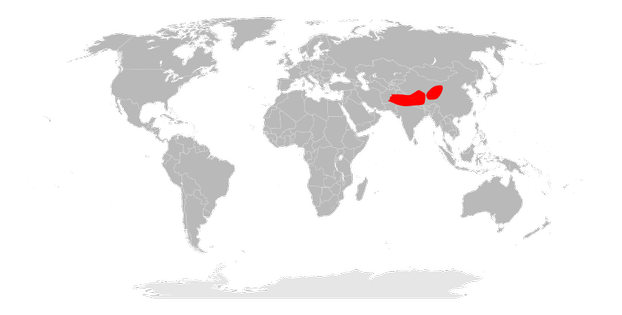

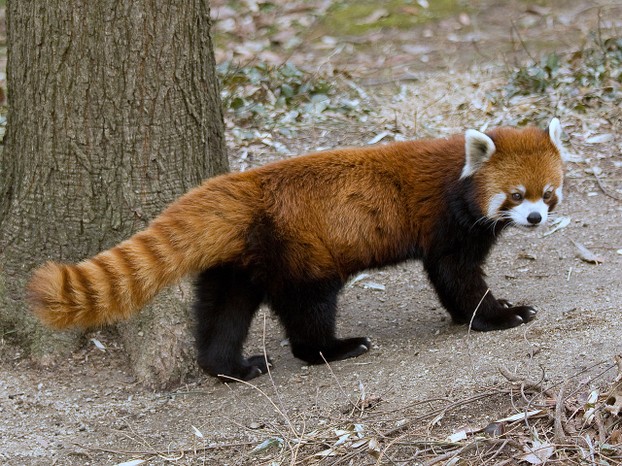

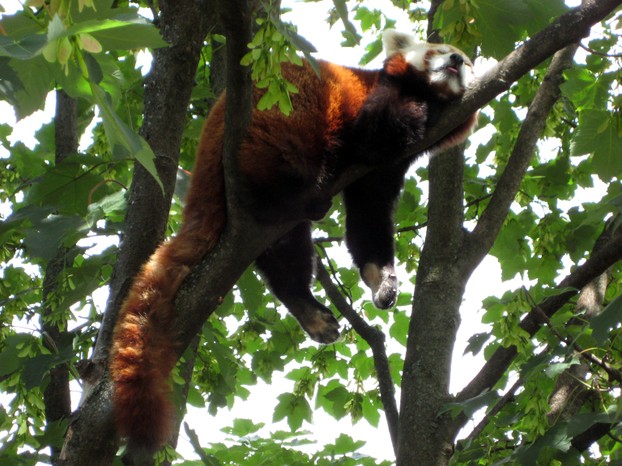
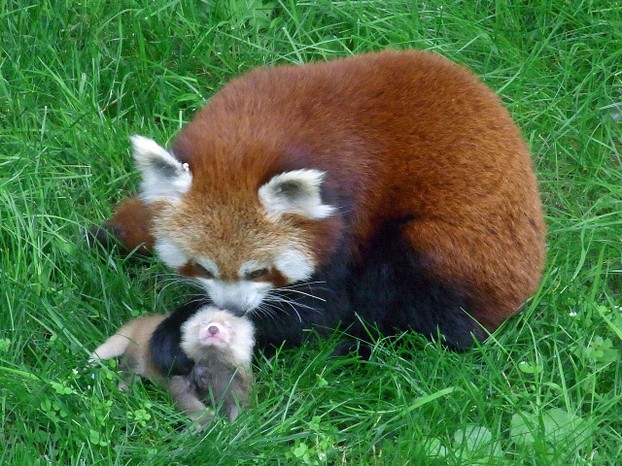
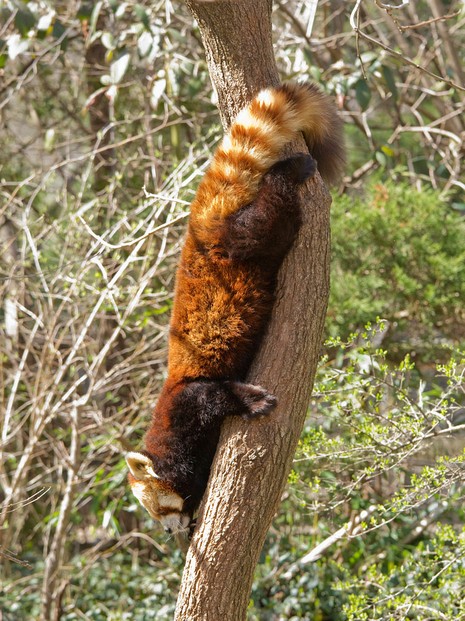
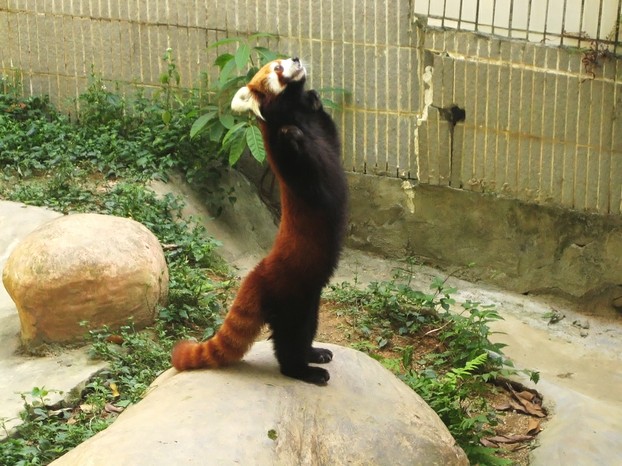
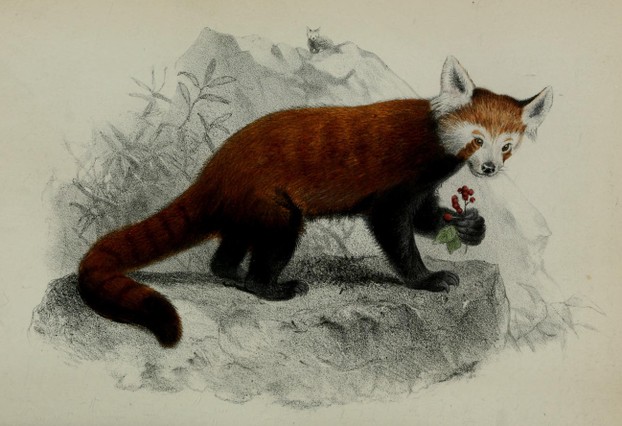
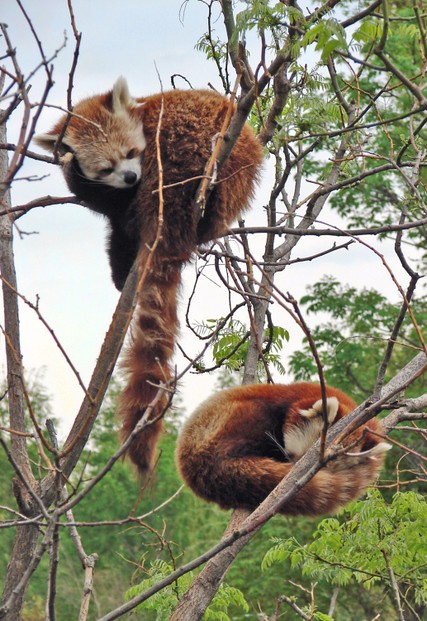
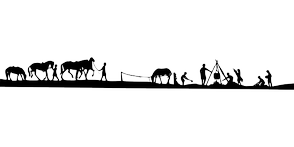



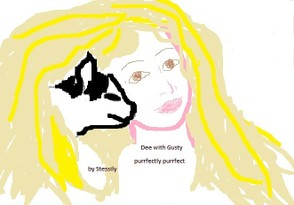
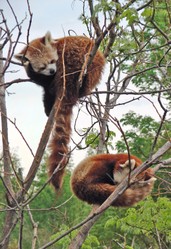

 Are Hawaiian Huakai Po Nightmarchers Avenging Halloween Thursday?on 10/02/2024
Are Hawaiian Huakai Po Nightmarchers Avenging Halloween Thursday?on 10/02/2024
 Mailing Addresses for 2023 Form 4868 Extending 1040 and 1040SR April 15, 2024, Due Dateon 04/15/2024
Mailing Addresses for 2023 Form 4868 Extending 1040 and 1040SR April 15, 2024, Due Dateon 04/15/2024
 Mailing Addresses for 2023 Forms 1040 and 1040SR Filed in 2024on 04/15/2024
Mailing Addresses for 2023 Forms 1040 and 1040SR Filed in 2024on 04/15/2024
 Mailing Addresses for 2022 Form 4868 Extending 1040 and 1040SR April 18, 2023, Due Dateon 04/13/2023
Mailing Addresses for 2022 Form 4868 Extending 1040 and 1040SR April 18, 2023, Due Dateon 04/13/2023

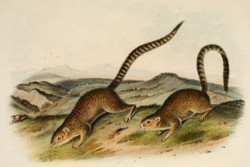
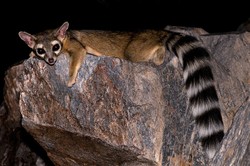
Comments
MBC, Me, too, I love cats and pandas, so I also see red pandas as representing a visually attractive blend of both.
These little ones are so darling! I love cats and I love pandas so this one is everything I like!
Mira, Me, too, I agree: these ringtail pandas are so very very cute!
I'm glad that you appreciate the photos, including that of the ringtail panda's predator, the snow leopard, which is a beautiful creature.
I'm happy to acquaint you with these ringtails.
These ringtail pandas are so cute! I love the photos you included, including that of a snow leopard. Nature can be amazing. I've never known about these pandas :-)